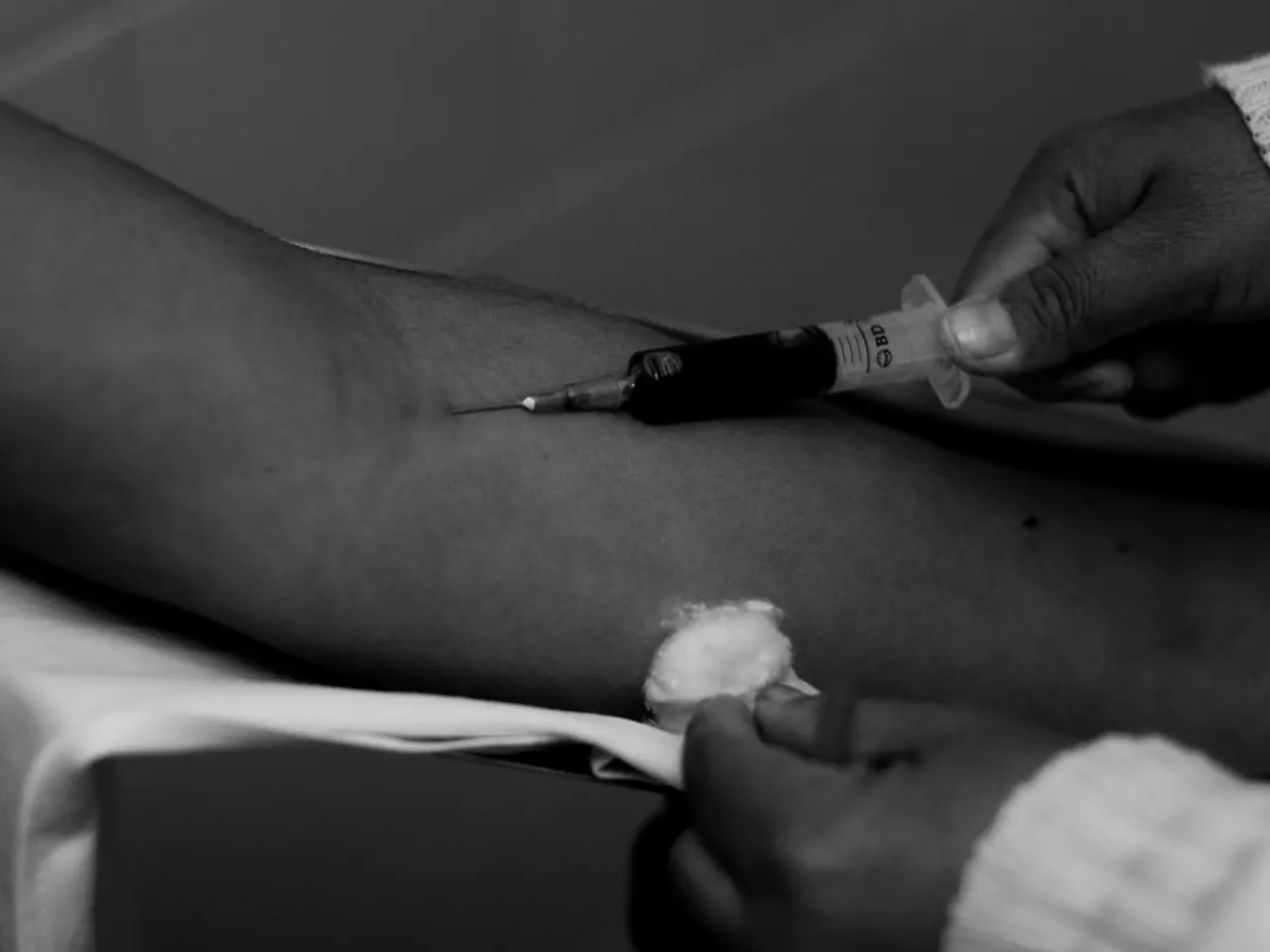Surgical reconstructions of the breast: Available methods and patient outcomes
In the wake of a mastectomy or lumpectomy, breast reconstruction offers women an opportunity to restore the appearance of their breasts. This surgical process, aimed at reshaping or reforming one or both breasts, can be a personal decision influenced by various factors.
When considering breast reconstruction, patients are faced with the choice between immediate and delayed reconstruction. Each option comes with its own set of benefits and drawbacks.
Immediate reconstruction, carried out during the same surgery as the mastectomy, can provide psychological comfort and improve quality of life for some patients by avoiding the experience of waking up without a breast. It can also lead to a faster total recovery compared with undergoing two separate surgeries and may reduce costs. However, immediate reconstruction may increase complication risks if radiation therapy is anticipated after surgery, and it may be more technically demanding depending on mastectomy type and patient factors.
Delayed reconstruction, performed months or years after mastectomy, allows time for the body to heal and for radiation or chemotherapy to be completed, reducing risks of complications linked to these therapies. It offers flexibility in treatment planning, as patients may prefer to focus first on cancer treatment and decide on reconstruction later, allowing emotional adjustment and personal readiness. Delayed reconstruction, however, requires an additional surgery and recovery period, potentially prolonging overall treatment time, and may involve long waitlists and resource limitations in some healthcare systems.
The decision should be personalized based on patient preferences, medical factors (like radiation), skin and health status, and psychosocial considerations, in close consultation with the oncology and reconstructive surgery teams.
It's important to note that not all women choose breast reconstruction. Some opt to wear a prosthetic breast, make no cosmetic adjustments, or forgo reconstruction altogether.
There are two main types of breast reconstruction surgery: implants or prosthetics, and autologous or skin flap surgery. Regardless of the method chosen, reconstructed breasts will not exactly resemble the person's natural breasts or provide the same level of sensation. Breast reconstruction surgery, whether using implants or skin flaps, is major surgery and may require multiple surgeries for full reconstruction.
A skin sparing mastectomy, where the nipple and areola remain intact, may offer a better cosmetic outcome for some people, but it is a riskier procedure due to the technical aspects of working through a smaller incision and the skin left behind taking longer to heal.
Recovery from breast reconstruction surgery can take up to 2 months, during which a person may experience fatigue, pain, bruising, swelling, soreness, and restrictions on movement. Breast reconstruction can take place immediately after a mastectomy or lumpectomy, or it can be delayed until after the healing process and other cancer treatments have ended.
Skin flap surgery has a longer recovery time than reconstruction using implants. The best cosmetic outcomes are achieved with bilateral mastectomy and reconstruction, as symmetry is easier to achieve.
In conclusion, immediate reconstruction offers psychological, recovery, and cost advantages but may pose risks if radiation is planned, while delayed reconstruction allows better timing around treatments but may prolong the absence of breast form and recovery time. The choice between the two options should be made in consultation with medical professionals and based on individual circumstances.
- Breast cosmetic surgery, such as reconstructive surgeries, plays a significant role in health and wellness, especially for women dealing with medical conditions like breast cancer.
- Science continously advances, providing new methods for breast reconstruction, like autologous or skin flap surgery and the use of implants.
- Menopause and other women's health issues may impact the decision-making process for breast reconstruction, as patients need to consider both their physical and emotional well-being.
- After a mastectomy or lumpectomy, breast reconstruction can provide an opportunity for both men and women to cope with their changed bodies and restore their health and self-image.




